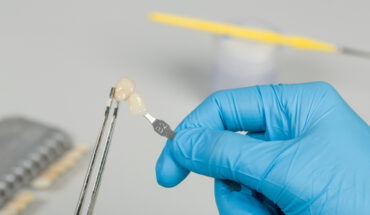In the past, people in remote regions were disadvantaged when looking for any healthcare. On the other hand, their counterparts in urban areas had access to all kinds of medical care. Currently, the situation is different, and it is possible to find Australia’s finest dental hygienist in your region.
The Rise of Preventive Oral Healthcare
Dental care involves both preventive services and treatment methods to existing conditions. It is essential to visit the dentist when looking for treatment for dental problems. Sensitivity in teeth requires the attention of a specialist. Frequent tooth pain is a cause of worry, and you need to seek immediate diagnosis and treatment by a dentist.
For us to maintain the best dental health, preventive care is crucial. It helps to avert the risks of teeth problems and conditions. Early detection of disease will help in taking treatment early before there is more damage. With Australia’s residents flocking digital media platforms, it becomes easy for clinics to share valuable information with clients and people in their locality. The rise is evident in all regions, and due to isolation, Perth had the highest per-capita uptake of social media in the world. Residents had access to online programs that aid preventive dental care. The trend is likely to follow into the future post-COVID19.
Innovative solutions to Dental Care in Remote Regions
The historical challenges of people living in remote regions have led to innovation in the dental industry processes. With the integration of dental services into primary healthcare, modern and innovative techniques are readily accessible in remote regions. Another model in implementation is the use of mobile clinics. Qualified dentists are on call to offer high-quality services to patients. Whether it is preventive or diagnosis of dental conditions, patients can access treatment on-site.
Development of Dental Care in Rural Areas
In the past, the majority of primary healthcare providers were not capable of handling dental conditions. The medical practitioners would offer pain killers and refer you to a dentist. However, this is not the case, and here are the areas that have developed over time;
- Training of personnel: with more medical practitioners trained in dental care, access to treatment becomes easy. Online courses are available to enhance skills for practicing dentists. There are also workshops where practitioners can get hands-on experience with the latest practices in the industry.
- Dental awareness: it is essential to create a linkage between dental care providers and primary healthcare givers. The community cannot get the services readily available. When local dentists work closely with hospitals in the locality, more people will access dental treatment. It will create dental care awareness since information will pass faster to patients through hospitals.
- Co-ordination: when doctors and dentists work closely together, there will be more referrals for dental care. Networking and communication between healthcare workers are essential in the industry. It also helps in sharing information during the treatment process.
Conclusion
People living in regions with no prior dental care services will result to traditional remedies. Local authorities need to create awareness of the need for dental care.




